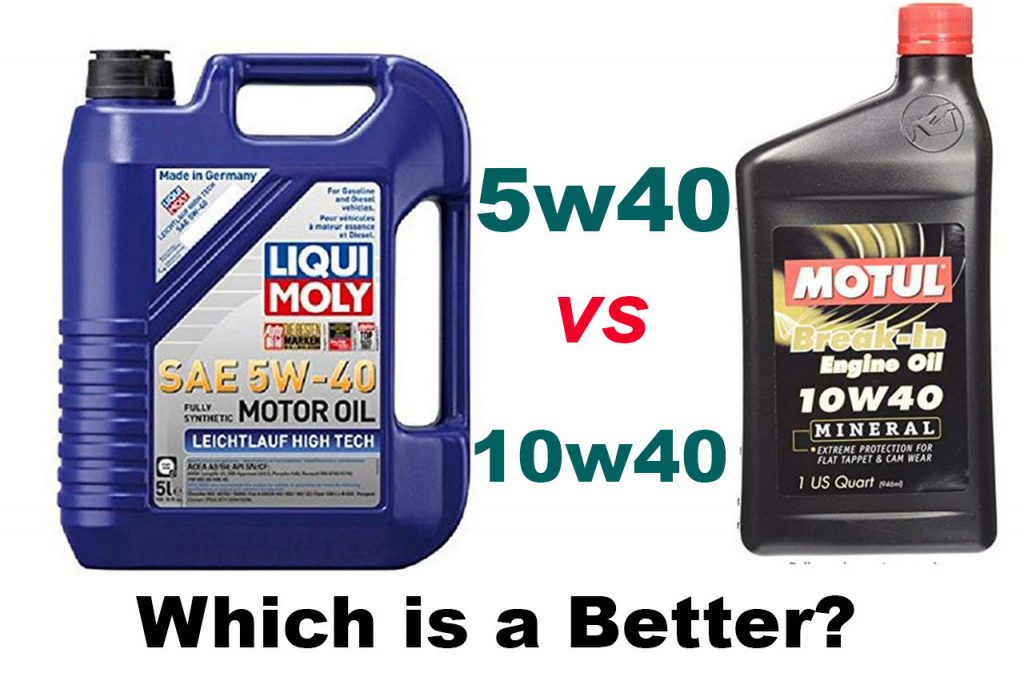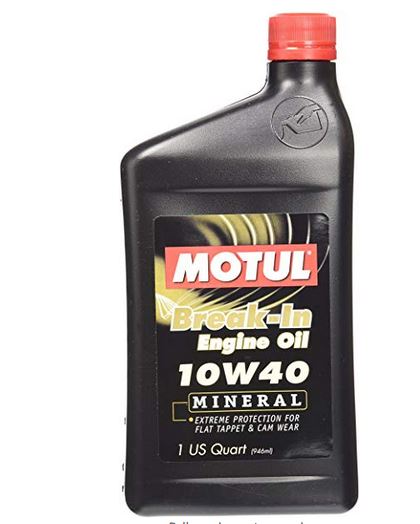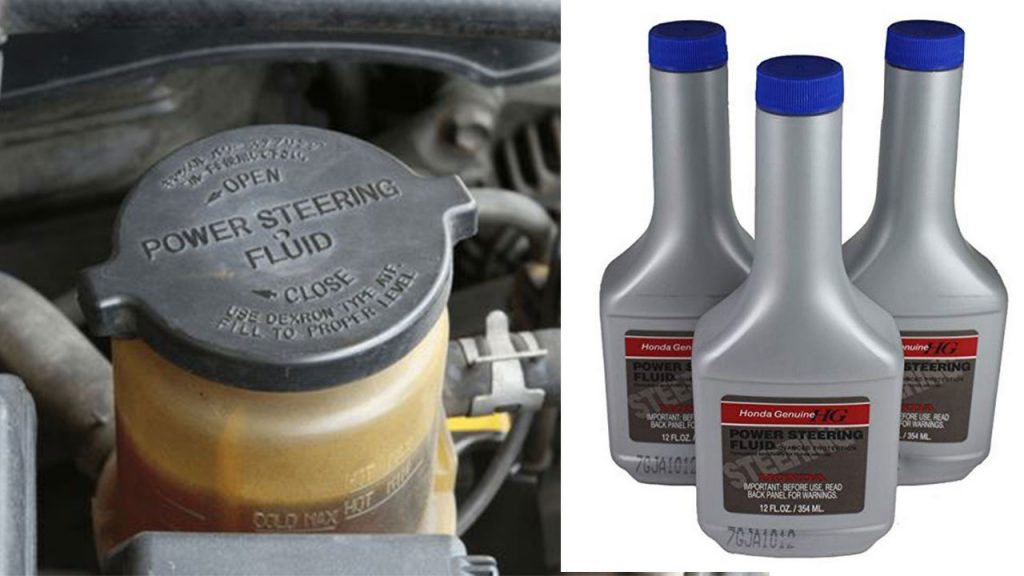Last updated on August 1st, 2023 at 07:37 am
5w40 vs 10w40 which, should you go for? Well, you might want to read this article before deciding. There certainly, are some difference between 5w40 and 10w40 oil and after reading this post, you should able to know if can You use 10w40 instead of 5w40 for your vehicle. Last post week we compared 5w20 vs 5w30 in a detailed post showing you which one to use for your vehicle.
There are many different oil types available in the market to choose from, but not all of them can be safe to use in your vehicle. This makes it difficult for most car owners to make the right choice from the host of motor oils. Different motor oils come with different types for specific applications.
10w40 vs 5w40 which one is better for your Car? ( 10w 40 vs 5w 40) 5w40 vs 10w40
Using the wrong motor oil can damage your engine, and the similar numeric characters that these oils come with makes it even more confusing in choosing the right one for your car.
Most car owners don’t even bother with the issue of an oil change for their vehicles.
This is because they take their vehicles to the garage for the oil change and allow their mechanics to choose the one most suitable for their cars.
Some persons may peruse through the internet and go for whichever oil that is recommended by their manufacturer.
Which grade motor oil should I use between 5w40 and 10w40?
For you to make the right choice, we need to compare the properties and specifications of engine oils so that you can know the right oil to use in your car.
Also, Read 5w30 vs 5w40 Which Oil is the Best| Difference between 5w30 and 5w40 and you may also be interested in below list of related articles
Here is the list.
- 5w20 vs 5w30 Oil What is the Difference?: 5w30 or 5w20 for High Mileage
- How Long Does an Oil Change Take at Toyota
- Subaru Engine Oil Guide: 5 Best oil brand for Subaru on Amazon
10w40 vs 5w40
What Does the Numbers Attached to Motor oil Signify?
Take, for instance, 5W40 and 10W40, the numbers 5, 10, and 40 represents the viscosity of the oil while the W stands for winter.
The numerical code system was established by the Society of Automotive Engineers (SAE).
They use this code to grade the motor oils based on the characteristic of their viscosity.
Several oil grades were established in order to provide protection for the engine across different temperatures due to the fact that the viscosity of oil changes with the change in temperature.
This is why, on the label of the oils is indicated SAE 5W30, or SAE 5W20, or SAE 5W40, or SAE, 10W40, and others.
The number that appears before the W stands for the viscosity of the oil when temperatures are at their lowest.
A lower number indicates a thinner oil, and thus, best for a cold start or cold temperatures.
The number that comes after the W designates the thickness of the oil when the engine is functioning at normal temperatures.
According to SAE, the x and y, can be represented by viscosity characteristics ranging from 0, 5, 10, 15, 20, 25, 30, 40, 50 and 60.
Thin/runny/lower viscosity oils are normally given a viscosity that is lower while those which are consistent and very thick viscosity are given a high value.
For a 10W-40, the number “10”, specifies 10 degrees Celsius; the “W” is for winter, meaning the oil should function and start the vehicle properly when the temperature outside is 10 degrees Celsius (50 degrees Fahrenheit) during winter. The second number (40), determines the thickness of the oil while under the heat of a running engine.
A higher number signifies the thickness of the oil under heat.
Read Also: Can You Mix Power Steering Fluid WITH TRANSMISSION fluid
Characteristics of 5W40 Motor Oil
5W-40 is thin motor oil, meaning, it will easily get to a vehicle’s moving parts and lubricate while trying to start it up.
The “40” shows that this oil is a bit thicker than the average motor oil, which is usually 30 for most cars, and it oils the engine more than average while it is hot.
Applications of 5W40 Motor Oil
Since 5W40 is thicker under heat than an average oil, most mechanics commonly use 5W-40 motor oil to support higher mileage engines.
This oil tends to lubricate moving parts better inside the motor that have been worn down due to age.
The 5W40 motor oil is used on high-mileage vehicles in climates that experience winters of 5 degrees Celsius (41 degrees Fahrenheit).
This oil is reliable for cold engine start-up but may not be too effective for climates with freezing temperatures.
Characteristics of 10W40 Motor Oil
10W-40 oil also functions well to lubricate. It is a bit thicker than 5W-40 but is still rather thin and works well to lubricate the moving parts of an engine during start-up.
This oil’s number “40” means it will be a little thicker than average while exposed to the heat of a running engine.
Applications of 10W40 Motor Oil
Drivers commonly use 10W40 motor oil in vehicles with higher mileage because the oil is thicker when the engine is hot, thereby helping to lubricate older moving parts.
The 10W40 motor oil helps to start up vehicles in winter climates that experience temperatures of 10 degrees Celsius.
However, the 10W40 oil is not as reliable as 5W40 oil for engine start-up in colder winter climates.
What is the Difference Between 5w40 and 10w40?
The difference between the two is that the 10w40 tends to be thicker than the 10w40 when cold. However, they both operate at the same viscosity at higher temperature.
If the vehicle needs a 10w40, then it is best to use this specification and not a 5w40.
The 5w40 is a thin oil, thus enabling it reach the vehicle’s parts moving easier and be lubricated when starting it up.
The 40 is an indication of the oil being a little bit thicker than the average motor oil, which is normally at 30 and thus, it lubricates the engine more than what the average oil does.
For 10w40 motor oils, they tend to be a bit thicker than the 5w40 but still, rather thin and is effective in oiling moving parts of engines during startup.
The 40 denotes that the oil will be a little thicker as compared to an average oil when exposed to the heat of a running engine.
Read: BEST CAR SPEAKERS WITH BASS
5w40 vs 10w40: When Should I Use it?
Since the 5w40 oil is thicker when heated than the plain oil, it is best to use this specification when trying to support high mileage engines.
This will be able to oil the parts which are moving inside the vehicle which is worn down as a result of age or strain.
You will mostly use the 5W40 on vehicles that are high mileage in climates with winter of 5 degrees Celsius.
Though this specific type of motor oil is good for cold engine starting up, it might not be too reliable in climates that experience freezing temperatures.
You can apply the 10w40 motor oil in vehicles which have higher mileage because this oil is thicker when the engine is hot, thereby helping to lubricate older moving parts.
Use 10W40 to start up vehicles in winter climates of temperatures about 10 degrees Celsius. 10w40 is not as reliable as 5W40 oil for engine startup in colder winter climates.
Can you use 10w40 Instead of 5w40 for your Car?
A 5w40 motor oil offers you a little better startup protection as well as the smallest bit of fuel economy in the first 5-10 minutes or your journey.
After that, it will then end up being the same as the 10w40. 5W40, 10W40, and other multigrade motor oils are formulated in such a way that when the oil is cold, 5W40 oil will have the flow characteristics of a 5W oil and when hot will have the flow characteristics of a 40W oil.
This means that the viscosity of the oil is 5W when cold and 40W when hot. The viscosity rating of oil determines how fast or slow an oil flows down an inclined plane at a specific temperature.
The multi-viscosity formulation for motor oils is to solve the problems that in cold weather one requires to use a light oil for cold weather starting but the lighter oil is way too thin to lubricate in hot weather, so the oil needed to be changed to a heavier oil in summer.
The 5W40 oil flows a lot easier when cold than the 10W40 oil. Follow the recommendation of the car manufacturer. If you use 10W40 oil during periods of a cold engine running, the molecules of this specific oil might be too big to enter between the metal parts of the engine for proper lubrication, hence leading to damage.
Advantages of Multigrade Oils Explained
- It is faster full pressure lubricant over diverse temperatures
- It is economical because since you can use one oil for a whole year
- It has upgraded low-temperature starting
- It has less battery drain when starting the vehicle on cold starts
- It has first-rate high-temperature performance
- It gives the engine enhanced complete fuel economy with faster warm-up and less idling time
Disadvantages of Multigrade Oils
- Polymer shearing might occur under high stress
- The worn-out engine may result in low-temperature leaks of oil.
Things to Note before Picking a Multigrade Oil
- If the oils your vehicle has been operating on is okay, then there’s probably no need to have it changed.
- You may void the warranty of your vehicle if you use another oil other than the oil recommended oil in your manufacturer’s manual
- You should consider the temperature of the area you live in before getting a multigrade oil. The lower the number before W is, the more effective the oil will be in cold weather.
- If your vehicle has been running on single grade oil for many years, then it could have built up a lot of sludge as some of such oils don’t have detergent. And in case you suddenly switch to multi-grade, it will loosen up all the sludge which might affect the engine.
- If your car is very old and it has always been running on single grade oil, then using a multigrade will not be able to properly lubricate it because the parts have become smaller, with wider spaces in between them. Switch to a heavier single grade oil as your car gets older so as to keep the oil thick enough to be able to fill the gaps.
Conclusion on 10w40 vs 5w40 Difference
The engine of every vehicle is manufactured around a certain oil grade viscosity. Using the right motor oil for your vehicle ensures it has the proper lubrication, cooling, cleaning, and internal component protection. Always consult the manufacturer’s manual to get the right specifications and amount of engine that is right for servicing your type of car. Check out the 5W40, 10W40, 5W30, 5W20, and go for the right one for your vehicle depending on the specified range that your car manufacturer recommends.
It is best to stick to the oil which your engine was designed around so as to maintain your engine properly in terms of performance, life span, and efficiency. 10W40 VS 5W40
Related Posts:
- 5w30 vs 10w30: Can You Use 10w30 Instead of 5w30 in Your Car?
- 5w30 vs 5w40: Which Oil is the Best| Difference between 5w30 and 5w40
- AT OIL TEMP: MEANING, CAUSES & FIX FOR SUBARU AT OIL TEMP LIGHT FLASHING















